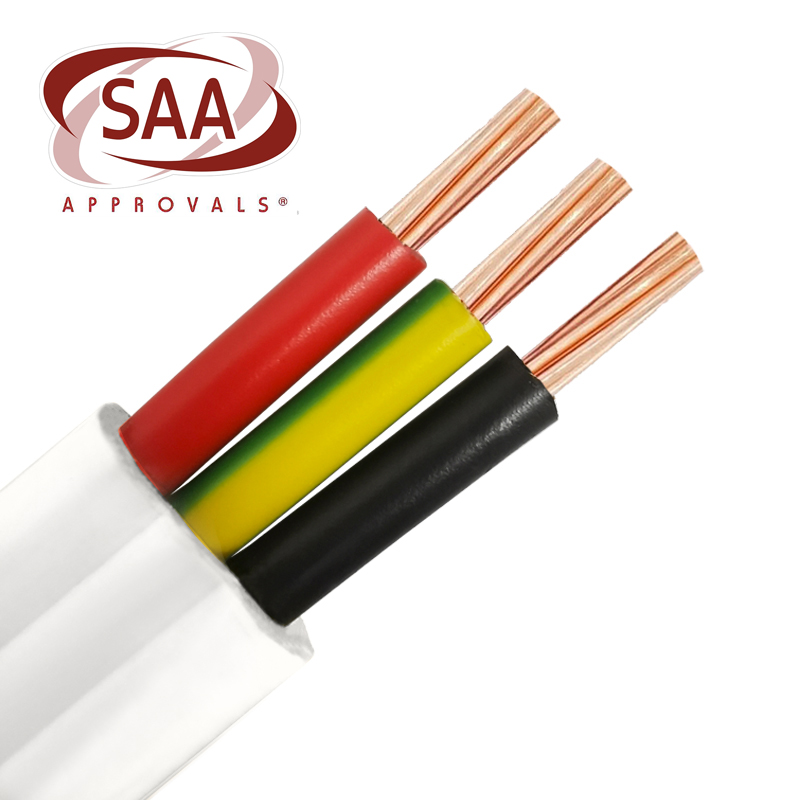 Author: Joey Wan
Author: Joey Wan  August 26,2022
August 26,2022
It is used as a data transmission Flat cable between PCB boards and in miniaturized electrical equipment. Common specifications include 0.5mm, 0.8mm, 1.0mm, 1.25mm, 1.27mm, 1.5mm, 2.0mm, 2.54mm and other pitch flexible cables
At present, it is widely used in the connection between the print head of various printers and the main board, the signal transmission and board-board connection of plotters, scanners, copiers, audio, liquid crystal appliances, fax machines, various DVD players and other products. In modern electrical equipment, it is almost everywhere.

Common models are as follows:
ype A: Both ends are connected and the reinforcing plate is pasted on the insulating tape;
Type B: The reinforcing plate is directly pasted on the insulating tape;
Type C: The reinforcing plates at both ends are directly pasted on the conductor;
D type: the reinforcing plates at both ends are directly pasted on the conductor; E type: one end of the reinforcing plate is pasted on the insulating tape, and the other end is directly soldered;
Type F: The reinforcing plates at both ends are directly attached to the insulating tape, and the inner half is peeled off;
Type G: Direct soldering on both ends.
FFC technical parameters:
Number of conductors N: the number of copper conductors in the cable;
Spacing P: the distance between the centerlines of two adjacent conductors;
Margin M: The distance from the center line of the outermost conductor to the edge of the cable:
Full pitch TP: the distance between the centerlines of the two outermost conductors, TP=P*(N-1);
Total width W: the distance between the two edges of the cable, W=P*(N+1);
Total length TL: the distance between the two ends of the cable;
Insertion thickness TT: the thickness of the two connecting ends of the cable;
